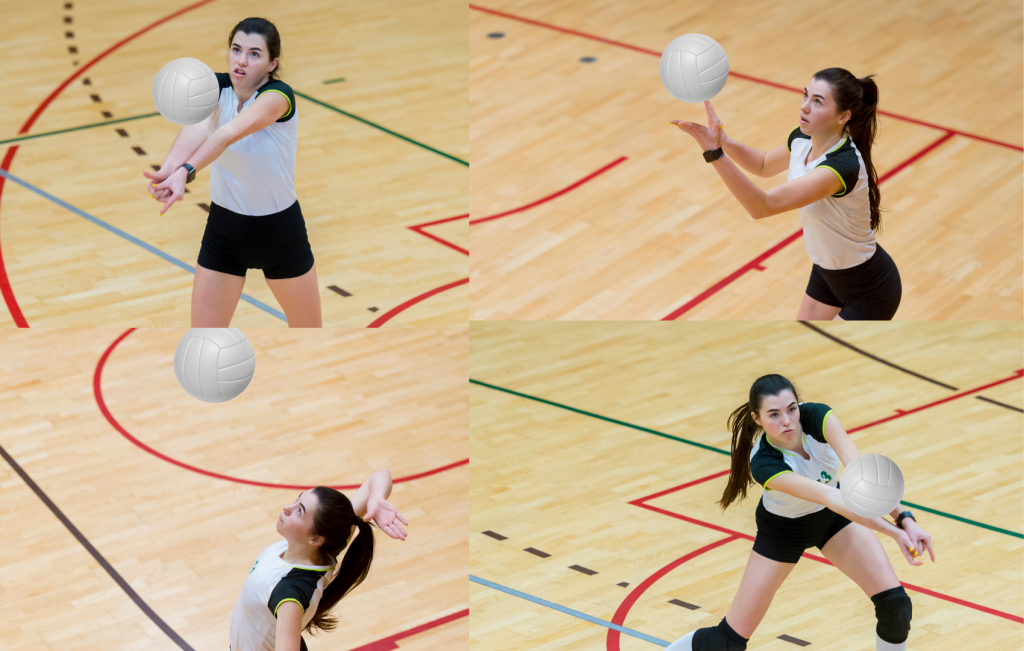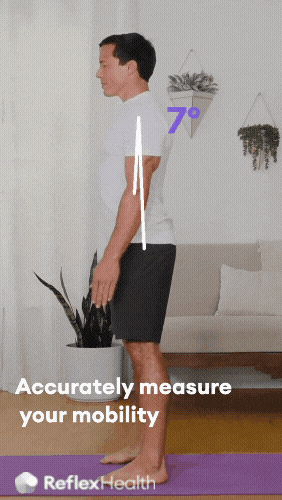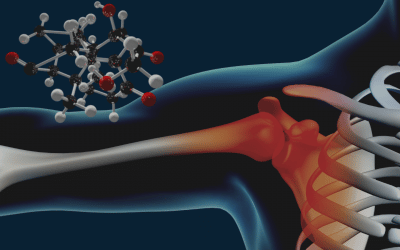By Fagner Salles PT MSc
Volleyball is one of the most popular team sports in the world and played by 200 million people worldwide (Kilic et al., 2017), being played recreationally or professionally. During volleyball practice, the athlete can perform tasks such as jumping, blocking, landing and spiking the ball, where these activities must be performed quickly, increasing the demand on the musculoskeletal system. As a result of this requirement, there is a risk of injury to the musculoskeletal system, such as pain, tendinopathies in the shoulder and instabilities in the shoulder. Such factors interfere in the athlete’s practice and performance, leading to a reduction in the athletes’ time on the game.

The simplicity of using hands in volleyball, actually makes for more complex movements for athlete’s shoulders.
The hand during an attack in volleyball plays an important role as the athlete needs to hit the ball very fast and as fast as possible. During an attack, the hand speed can reach up to 120km/h. In order to reach high speeds, the shoulder needs the stabilizing musculature to work dynamically in order to maintain the integrity of the glenohumeral jointThe glenohumeral joint is a ball-and-socket synovial joint and is the most mobile joint in the human More (Harput et al., 2016).
Most common injuries
The most common shoulder problems in volleyball players are impingement syndrome, rotator cuffThe rotator cuff is a group of muscles and tendons that attach the shoulder blade to the upper arm b More tendinopathy, glenohumeral instability, suprascapular neuropathy and SLAP injury (Miura et al., 2020).
Implications of injuries on performance
Studies highlight the need to identify risk factors and develop strategies to prevent injuries in athletes, based on risk factors. Biomechanical factors involving alteration of shoulder mobility, alteration of coordination and failure during the execution of the technique, can also be risk factors for the shoulder, implying in alteration of the athlete’s performance. Other factors such as deficits in glenohumeral internal rotation, scapular dyskinesis, and biomechanical changes during ball strike contribute to the development of shoulder problems. In addition, changes in range of motion, muscle strength ratio, and scapular position in volleyball players with and without shoulder dysfunction also contribute to the loss of athlete performance.
How would reduced ROM impact performance?
Reducing ROM can affect performance due to joint overload due to biomechanical changes. Demanding more of the stabilizing and mobilizing muscles of the shoulder. Long-term loss of ROM can contribute to the emergence of shoulder problems, which can lead to withdrawal from sports activity.
Different hand positions/strike movements demand a lot from shoulders
Shoulder musculoskeletal syndromes affect both athletes and the general population, in the general population shoulder painShoulder pain is any pain felt around in and around the shoulder joint. The shoulder is the most mob More has a prevalence of 7-26%, in volleyball players injuries have a proportion of 8-20% (Harput et al., 2016). In this way, an inadequate contact with the ball during the attack can increase the risk for shoulder problems, due to the high number of repetitions that the athlete needs to perform between training and the game. In addition, different ball impact positions require different levels of activation for the glenohumeral and scapular muscles. During the volleyball attack, the more posterior and lateral positioning in the hand position during the impact of the ball can cause an increase in muscular activity reducing the centralization of the humeral head (Miura et al., 2020).
Therefore volleyball players must take care of their shoulders
The athlete should maintain an exercise program that involves activities to improve shoulder range of motion, exercises for intrinsic shoulder musculature (rotator cuff) and trunk and scapular musculature.
References
Kilic, O., Maas, M., Verhagen, E., Zwerver, J., & Gouttebarge, V. (2017). Incidence, aetiology and prevention of musculoskeletal injuries in volleyball: A systematic review of the literature. Eur J Sport Sci, 17(6), 765-793. https://doi.org/10.1080/17461391.2017.1306114
Harput, G., Guney, H., Toprak, U., Kaya, T., Colakoglu, F. F., & Baltaci, G. (2016). Shoulder-Rotator Strength, Range of Motion, and Acromiohumeral Distance in Asymptomatic Adolescent Volleyball Attackers. J Athl Train, 51(9), 733-738. https://doi.org/10.4085/1062-6050-51.12.04
Miura, K., Tsuda, E., Kogawa, M., & Ishibashi, Y. (2020). The effects of ball impact position on shoulder muscle activation during spiking in male volleyball players. JSES Int, 4(2), 302-309. https://doi.org/10.1016/j.jseint.2019.12.009



